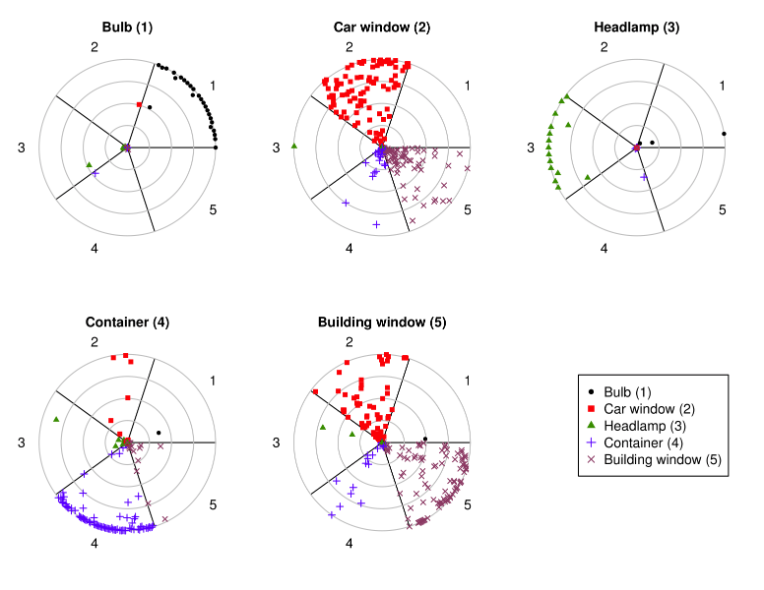Bayesian hierarchical modelling of multivariate forensic data

Forensic investigations often involve analysing trace evidence, such as glass fragments. The chemical composition of glass can help identify the type of glass the fragments came from during the investigation stage. In the evidence evaluation stage, chemical composition modelling can determine the likelihood that fragments from a contested source and a known glass object share a common origin.
Researchers at our School have developed an effective Bayesian approach for modelling compositional data that contains large concentrations of zeros and several levels of variation. The approach is used to analyse the elemental compositions of various types of forensic glass by considering the patterns of presence or absence of chemical elements. Through fitting the Bayesian hierarchical model to the data, fragments can be classified into use type categories, providing an accurate measure of the evidential value of two sets of glass fragments under two competing propositions about their source.
A user-friendly web app is available with an implementation of this approach that can be used for classification and evidence evaluation of glass fragments. The app provides the posterior predictive probability that newly observed glass fragments are of a particular use type (classification task) or a numerical measure of the evidential value of two sets of glass fragments (evidence evaluation task).

Researchers
Publications
- A composite Bayesian hierarchical model of compositional data with zeros, Journal of Chemometrics (2015).
- An online application for the classification and evidence evaluation of forensic glass fragments, Chemometrics and Intelligent Laboratory Systems (2015).
Implementations

